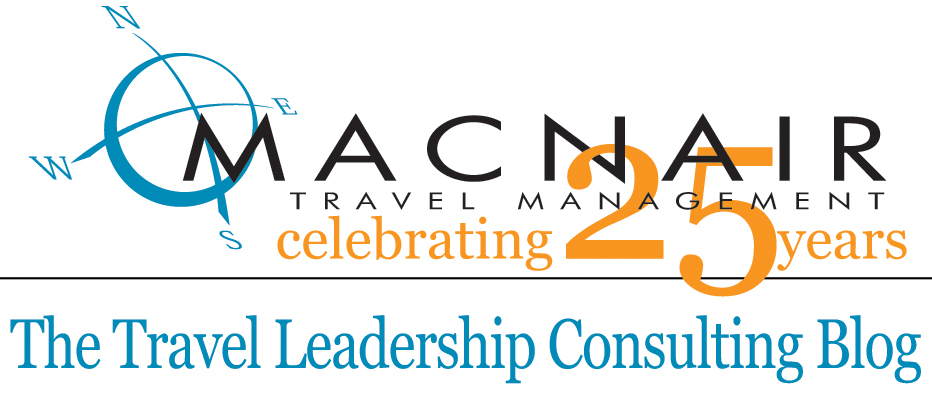1.
Leverage Deals. Most companies can have some sort of
preferred supplier program. It may be a car deal, airline rewards program for
the company, a contractual discount, or hotel agreements with your most frequented
properties. Knowing what you spend, using the data to ensure you have the best
deals with the right suppliers (a good account manager from a TMC should help
you), and directing your people to those deals in all the right situations will
help you win.
2.
Expand considerations. Three things
should be of concern: (1) Not every site delivers all potential suppliers and
fares; (2) Some are set to be wildly biased to their preferred suppliers; (3)
Some sites are wildly biased to the traveler - it knows what the traveler likes
and pushes that to him/her in a way that makes it hard for them to consider
everything they should. Yikes. Make sure you direct travelers to a unbiased
tool or tool that is biased to the company’s preferred suppliers. Not doing so
will drive costs up.
3.
Enforce policy. Most organizations direct their travelers
to fly coach, except in a few extraordinary circumstances. Do you dictate which
coach fare? For example, should the traveler take the full coach ticket to LA
for $1,200 or the same basic routing for $285? Policies so often fall short in
defining thresholds over which travelers should consider other options. An
alternate airport or time, a connection, or the travelers non-preferred airline
may need to all be considered. Your culture should respect convenience but
within some reasonable limits that are well defined. Call it, name it, police
it (see below).
4.
Pre Trip. If and when- and it will happen- someone
wants a fare that is outside the value policy the company put in place, have a
system to say yes or no with the right data to make the right decision. TMCs
have people and automation to make this happen.
Do
these well and make the most of your travel dollars. Work with your team to
make the right decisions to enforce so you have the data and buy-in that makes
it work.
To
learn more about how to get the best value on your Travel and Expense, register
today for our March 5 webinar entitled: A travel insiders guide to getting the best T&E value in 2015.


